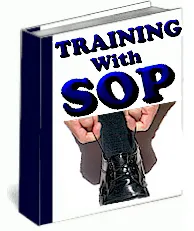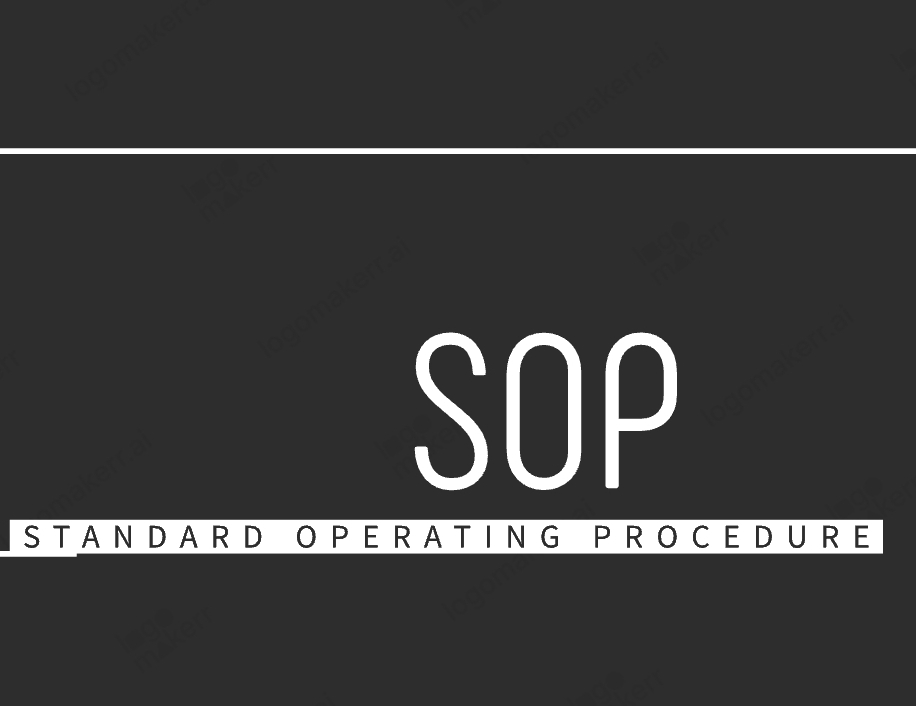A Visual Look at Standardized Work in Action
In the fast-paced world of manufacturing, every second and every resource counts. Lean manufacturing principles are all about eliminating waste and maximizing efficiency. But within this framework, there’s an often-underrated hero: standardized work.
Think of standardized work as the foundation for a smooth-running, cost-effective manufacturing operation. It’s the process of defining the “who, what, when, and how” for each task on the production line. This includes:
- Takt time: The rate at which units need to be produced to meet customer demand.
- Work sequence: The exact steps operators follow to complete a task within the takt time.
- Standard inventory: The minimum amount of materials needed to keep production flowing.
By clearly outlining these elements, standardized work offers a multitude of benefits for lean manufacturing:
1. Reduced Waste and Improved Efficiency: Standardized work eliminates guesswork and variability. Everyone knows exactly what to do, when to do it, and how to do it most efficiently. This minimizes errors, rework, and wasted time, leading to a smoother production flow and increased output. Studies by the Society of Manufacturing Engineers (SME) have shown that implementing standardized work can lead to a 20-30% reduction in cycle times, directly impacting production efficiency [1].
2. Enhanced Quality Control: Consistent processes translate to consistent quality. Standardized work ensures everyone follows the same steps, using the same tools and materials, resulting in a higher level of product quality. This reduces the risk of defects and the associated costs of rework and recalls [2].
3. Streamlined Training and Onboarding: New hires can be quickly brought up to speed by learning the established procedures. Standardized work documentation serves as a clear and reliable training resource, reducing reliance on tribal knowledge and minimizing disruptions during onboarding. This can lead to significant cost savings on training time and improved overall productivity [3].
4. Continuous Improvement (Kaizen): Standardized work provides a baseline for improvement. By analyzing actual performance against the standard, companies can identify areas for optimization and implement changes through the kaizen process. This ongoing cycle of measurement, analysis, and improvement leads to continuous advancements in efficiency and quality [4].
5. Improved Employee Engagement: Standardized work empowers employees by providing clear expectations and a defined role in the production process. This fosters a sense of ownership and accountability, potentially leading to increased employee engagement and morale. When employees understand their role and how it contributes to the overall success of the operation, they are more likely to be invested in their work and take pride in their contributions.
Unlock Manufacturing Efficiency!
Standardized work is your secret weapon for a leaner, more profitable operation. By implementing clear and consistent procedures, you can achieve significant improvements in:
- Reduced Waste
- Improved Quality
- Increased Efficiency
- Enhanced Employee Engagement
- Continuous Improvement
Ready to Get Started?
Here are some key steps to take to implement standardized work in your manufacturing operation:
- Identify Critical Processes: Focus on areas with high variability, potential for errors, or room for improvement in efficiency or quality.
- Develop Clear Work Instructions: Create detailed documents outlining the tasks, sequence, and expected outcomes. Use visuals like flowcharts or diagrams to enhance understanding.
- Train and Implement: Thoroughly train your team on the new procedures and encourage feedback.
- Monitor and Continuously Improve: Regularly assess the effectiveness of your standardized work and make adjustments as needed based on performance data and employee feedback.
Further Resources:
By embracing standardized work, manufacturers can unlock a treasure trove of benefits and gain a significant competitive edge. So, don’t underestimate the power of this silent hero in your lean manufacturing journey!





